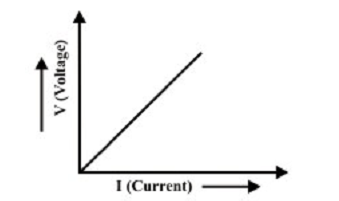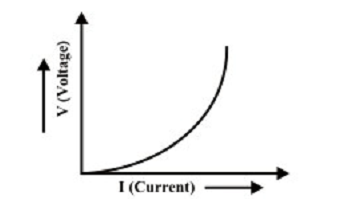Linear Circuit:
Generally speaking, a linear circuit is one whose parameters do not change with current or voltage. More particularly, a linear system is one which satisfies (a) homogeneity property [response of α u (t) equivalents α times the response of u (t), S (α u (t)) = α S (u (t)) for all α; and u (t)]
(ii) additive property [which is the response of system due to an input (α1u1(t), S(α1u1(t) + α2u2(t) = α1S(u1(t)) + α2S(u2(t))]. Whenever an input u1 (t) or u2 (t) I exerted to a system “S”, the equivalent output response of the system is noticed as S (u1 (t)) = y1 (t) or S (u2 (t)) = y2 (t) correspondingly. The figure shown below describes the meaning of homogeneity and additive properties of the system.

Figure: Input output behavior of a system
Non-Linear Circuit:
Generally speaking, a non-linear system is that whose parameters change with current or voltage. More particularly, non-linear circuit does not follow the additive and homogeneity properties. The volt-ampere characteristics of linear and non-linear elements are shown in figures. However, a circuit is linear if and only if its input and output can be associated by a straight line passing via the origin as shown in first figure. Or else, it is a nonlinear system.

Figure: V-I Characteristics of Linear element

Figure: V-I Characteristics of non-linear element